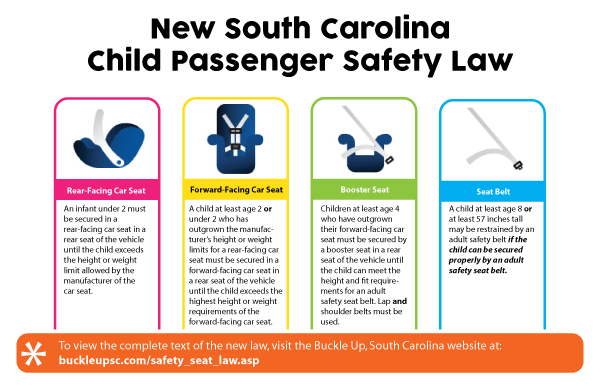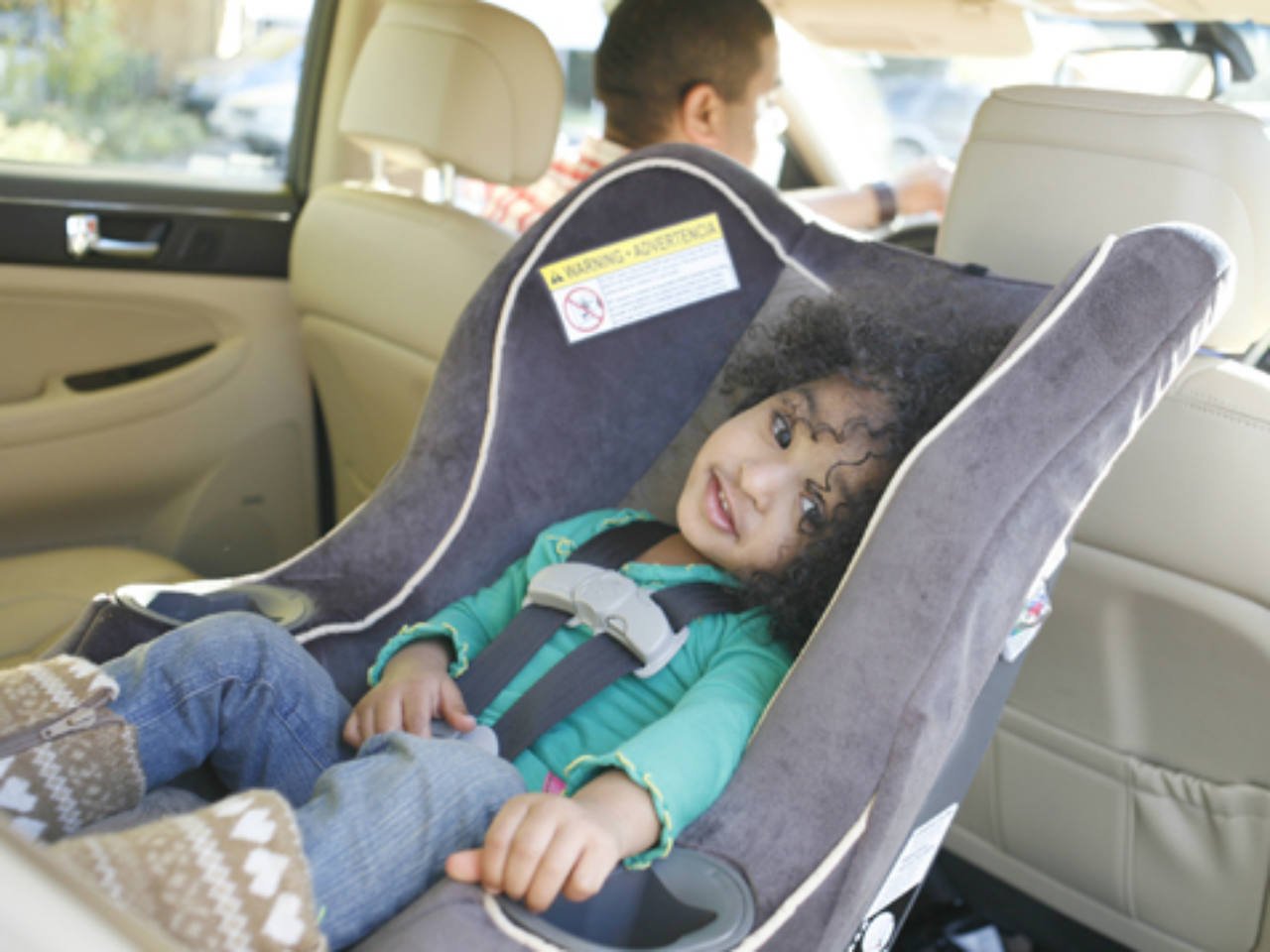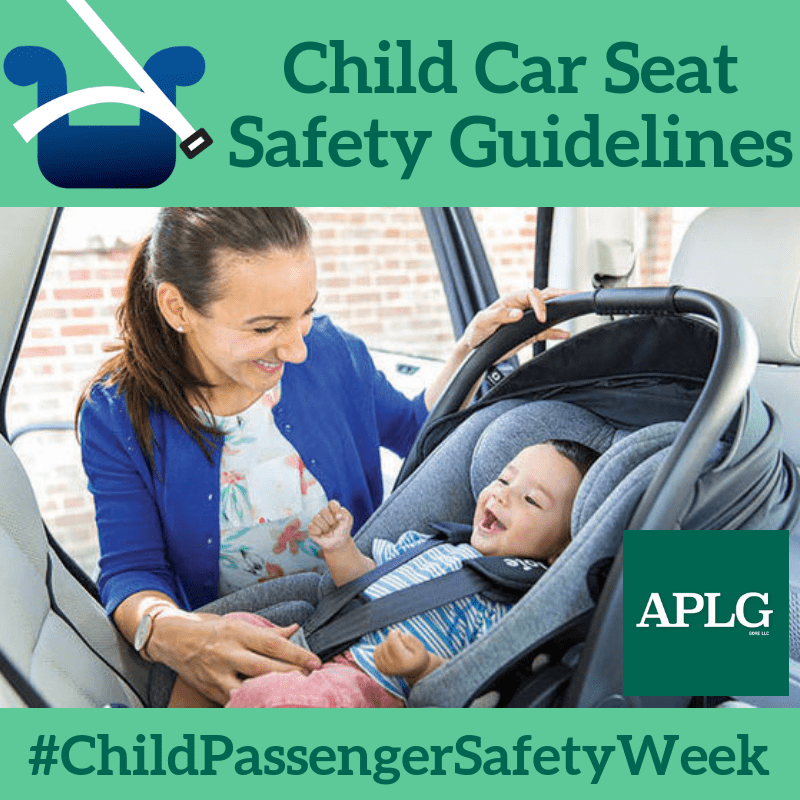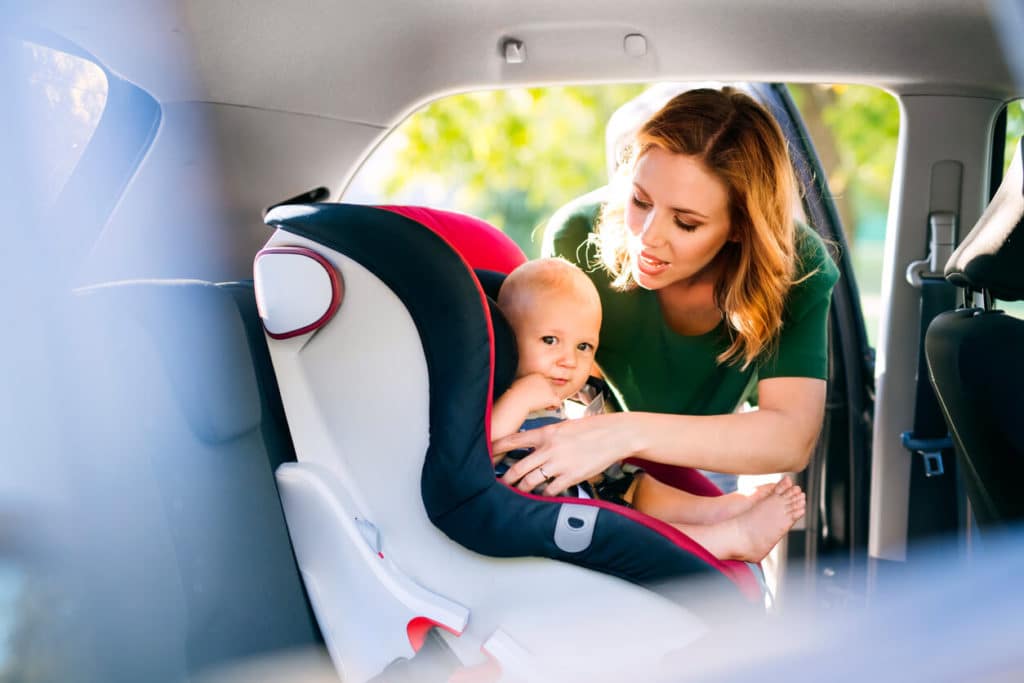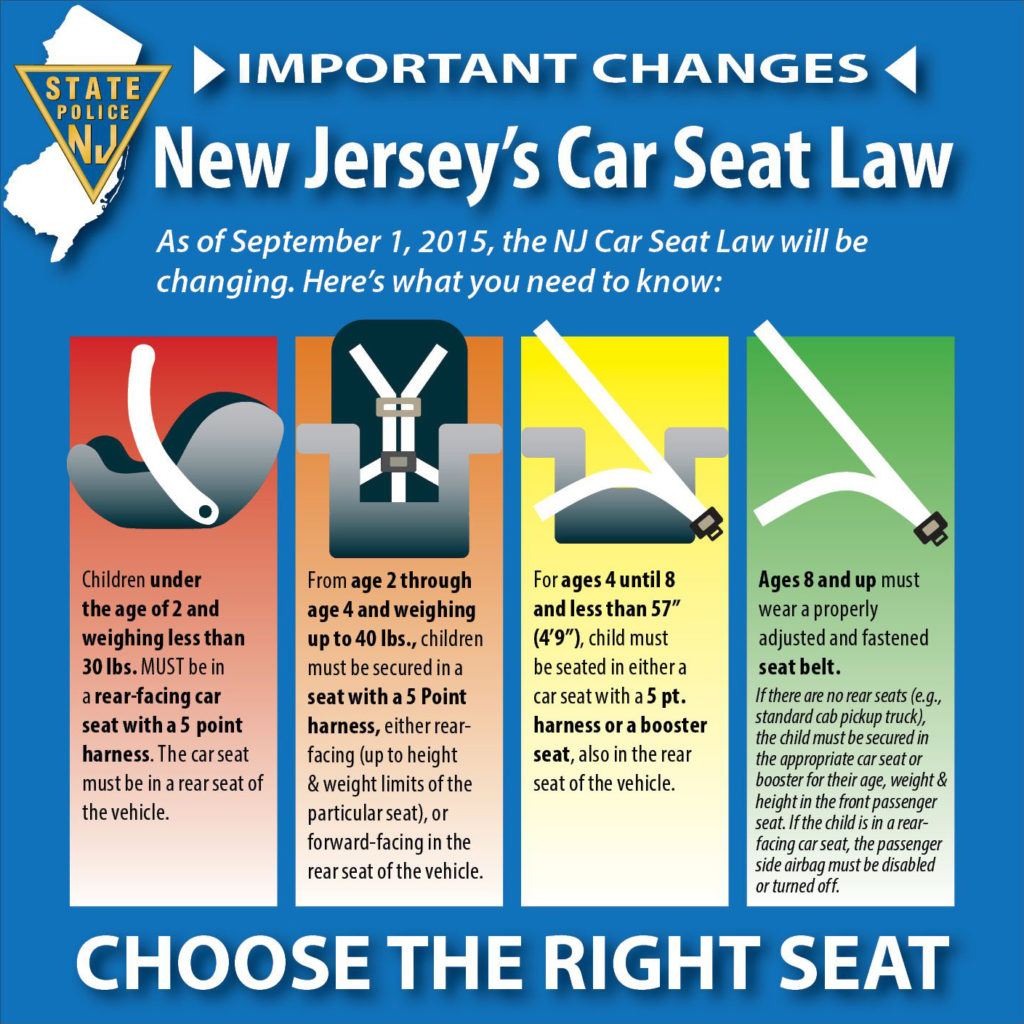Rear facing car seat the american academy of pediatrics aap recommends babies be in rear facing seats until age 2 or until they reach the car seats height or weight limit. According to the rules a child under the age of 8 who weighs between 40 and 80 pounds and is under 4 feet and 9 inches tall must have a booster seat when in the car. All 50 states the district of columbia guam the northern mariana islands and the virgin islands have laws in place for infants and children requiring proper child safety seats. The safest place for a child under 12 stated by law is in the back seat. The state also recommends that they stay in a booster seat until they are 100 pounds in weight or 49 in height although this is not mandatory. 4 7 years.
Keep your child in a forward facing car seat with a harness and tether until he or she reaches the top height or weight limit allowed by your car seats manufacturer. Once your child outgrows the rear facing car seat your child is ready to travel in a forward facing car seat with a harness and tether. Once your child outgrows these given limits a regular seat belt can be used. Although this means that some larger infants and toddlers might have to graduate to a rear facing convertible car seat there are several models of infant only. Since laws regarding the childs height weight and age vary by state be sure to use the map above to find laws applying to your state. Infants and toddlers should ride in a rear facing car seat infant only rear facing car seat or rear facing convertible car seat until they are 2 years old or until they have reached the weight and height limits of their car seat.
In this state all children who weigh less than 80 pounds or are under eight years of age need to be in a booster seat or appropriate car seat. Thats usually 30 to.
